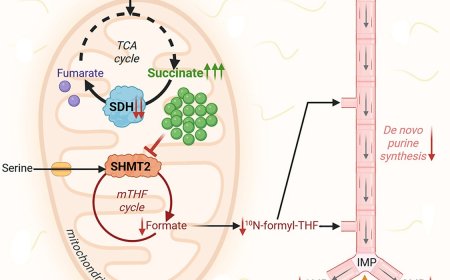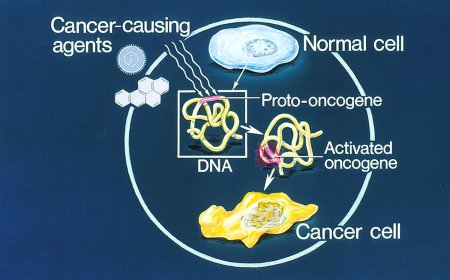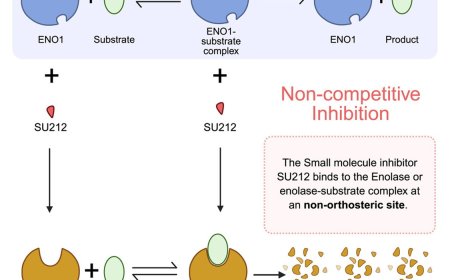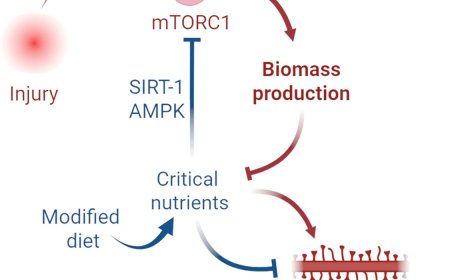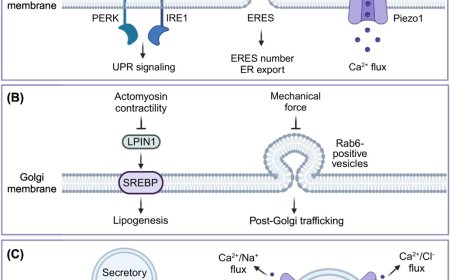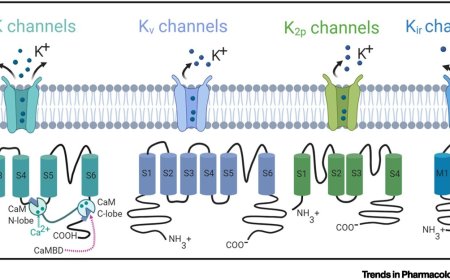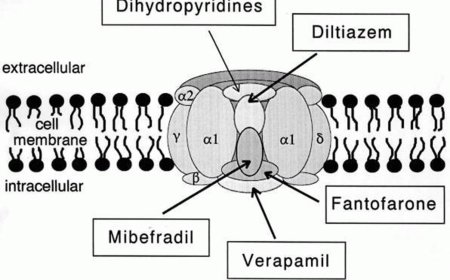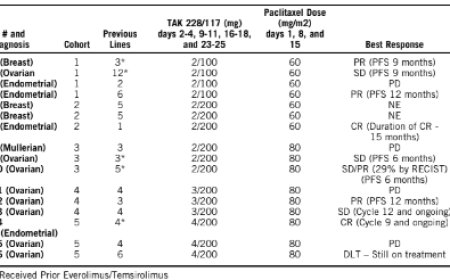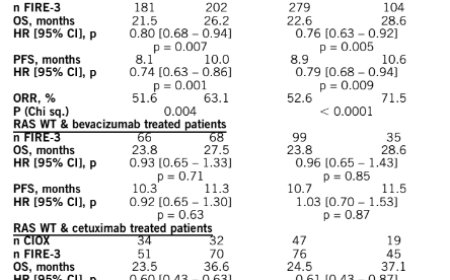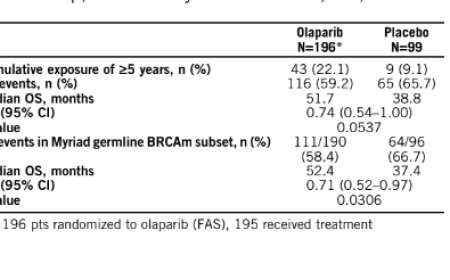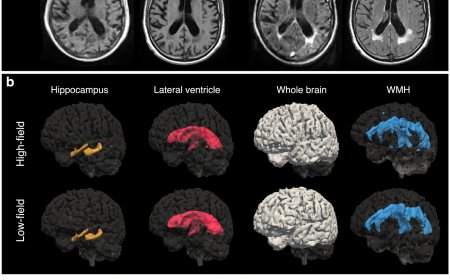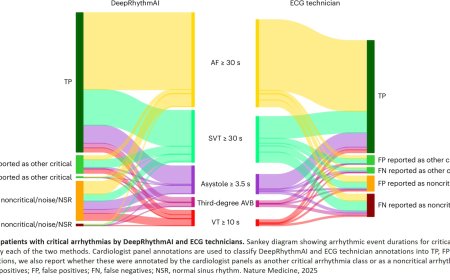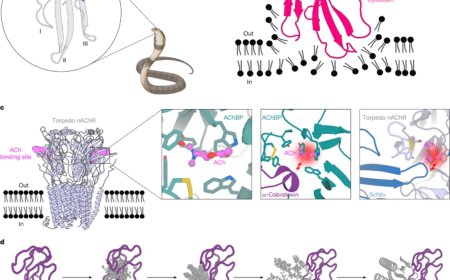How AI can enhance early detection of emerging viruses
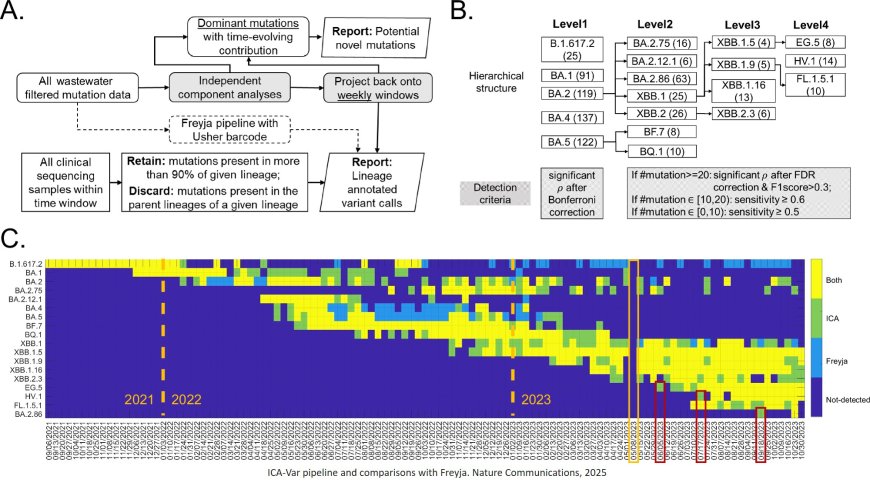
Wastewater surveillance became a popular choice among public health officials looking to track rapid virus mutations and spread patterns during the COVID-19 pandemic. But what if there was a way to detect emerging viruses even faster — or to even sniff out new variants possibly before patients even realize they’re ill?
A new study is moving that dream one step closer to reality by pairing wastewater sample surveillance with artificial intelligence. The results appear in the latest issue of the journal Nature Communications.
Lead author developed an AI-driven algorithm that scans wastewater to detect budding influenza, RSV, mpox, measles, gonorrhea, Candida auris, or other pathogen variants — often before they're identified by clinical tests.
Scientists say being able to map virus emergence, mutation, and transmission faster with AI than with existing wastewater surveillance methods could significantly enhance public health officials’ ability to roll out rapid, targeted interventions.
“Imagine identifying the next outbreak even before the first patient enters a clinic. This research shows how we can make this possible,” said the study co-author. “Through the use of AI we can determine how a pathogen is evolving without even testing a single human being.”
While the study details how the team's AI method can separate overlapping signals in complex datasets, its real promise lies in on-the-ground impact. “The tool could especially be useful in improving disease surveillance in rural communities, empowering health workers in low-resource settings,” said another study co-author.
The research team tested its theory by analyzing nearly 3,700 wastewater samples collected from Southern Nevada wastewater treatment facilities between 2021 and 2023. They discovered that the AI-driven system could accurately identify unique signatures for different virus variants with as few as two to five samples, significantly earlier than existing methods.
Previous wastewater detection methods required prior knowledge of a variant’s genetic makeup and relied heavily on clinical data from patients who had already been tested. Though those methods worked well, they were a more reactive approach — typically identifying new virus strains after they had already begun widely circulating in a community.
“Wastewater surveillance has enabled more timely and proactive public health responses through monitoring disease emergence and spread at a population level in real time,” says the lead author. “This new method enhances early outbreak detection to allow for identification of novel threats without prior knowledge or patient testing data, proactively detecting patterns from multiple wastewater samples and making this tool even more effective for public health surveillance moving forward.”
“Wastewater surveillance has proven to be an effective tool for filling critical data gaps and understanding public health conditions within a community,” said another study co-author. “The ongoing wastewater surveillance effort is a great example of how collaboration between SNWA, UNLV, and other partners can lead to positive impacts for the local community and beyond.”
https://www.nature.com/articles/s41467-025-61280-5
https://sciencemission.com/detection-of-emerging-SARS-CoV-2-Variants
